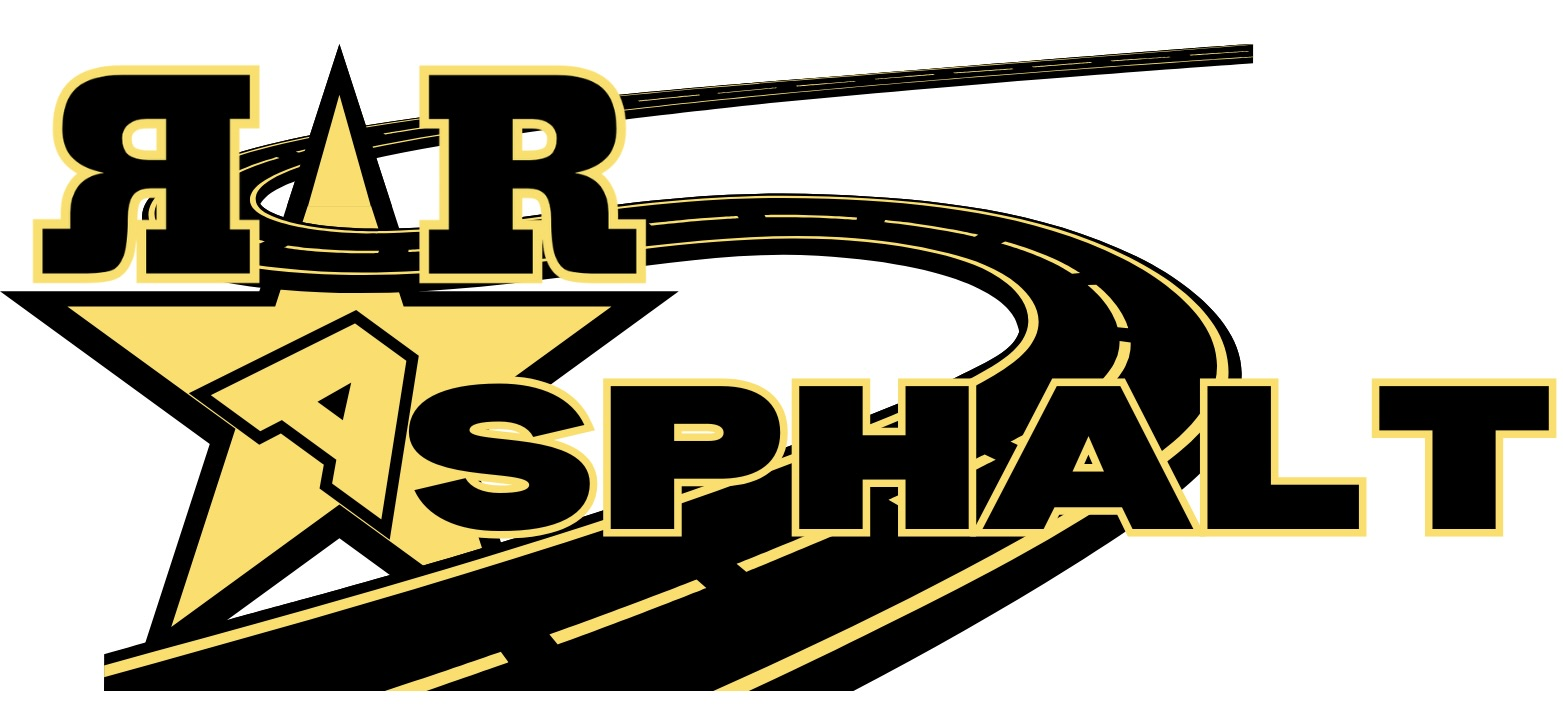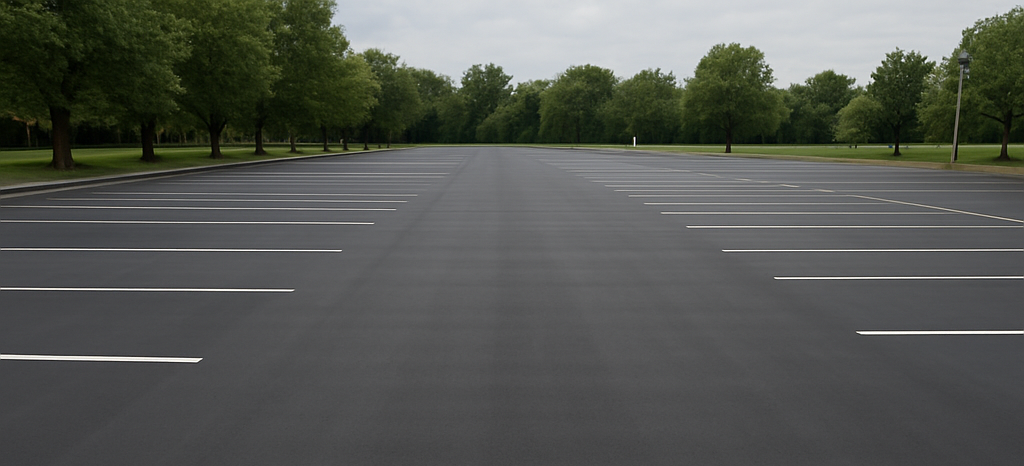Asphalt Paving
Process: Asphalt paving involves preparing the subgrade, installing a stone base, and then applying hot mix asphalt in layers, followed by compaction with a roller to ensure a smooth, durable surface.
Benefit: Asphalt paving offers a strong, long-lasting, and flexible surface ideal for driveways, roads, and parking lots. It provides a sleek, professional appearance while standing up to traffic and weather when properly maintained.
Driveway Installation
Process: This service starts with site grading and excavation, followed by compacting a base layer of stone. Hot asphalt is then poured and compacted to form a clean, seamless driveway.
Benefit: A professionally installed asphalt driveway enhances curb appeal, increases property value, and offers a cost-effective alternative to concrete that can be easily maintained or resurfaced.
Parking Lot Construction
Process: We begin with site grading, followed by installation of a stable stone base, then multiple lifts of hot mix asphalt. Line striping and ADA-compliant markings are added to finish the project.
Benefit: A well-constructed asphalt parking lot provides a safe, organized space for vehicles, improves business image, and reduces liability by minimizing trip hazards and drainage issues.
Sealcoating
Process: After cleaning and prepping the asphalt surface, a protective coal tar or asphalt emulsion sealer is sprayed or brushed on.
Benefit: Sealcoating extends the life of the asphalt by shielding it from water, UV rays, oil, and chemicals. It also restores the deep black color, improving appearance and resisting oxidation.
Crack Filling
Process: Cracks are cleaned and dried before being filled with a hot rubberized crack sealant, which is smoothed and allowed to cure.
Benefit: Crack filling prevents water infiltration, which can cause base failure and potholes. It’s a key preventive measure that saves property owners from costly repairs.
Patching & Repairs
Process: Damaged areas are cut out and removed, and new hot mix asphalt is placed and compacted in its place. Infrared patching may be used for seamless repairs.
Benefit: Repairing potholes and failing asphalt sections improves safety, prevents further deterioration, and helps maintain the integrity of the entire paved area.
Striping & Line Painting
Process: High-durability traffic paint is applied using precision striping machines to mark parking spaces, directional arrows, crosswalks, and ADA-compliant zones.
Benefit: Proper striping maximizes parking efficiency, improves traffic flow, and ensures compliance with safety regulations, enhancing the appearance and functionality of any lot.
Asphalt Resurfacing (Overlay)
Process: After cleaning and minor repairs, a new layer of hot mix asphalt is paved over the existing surface and compacted.
Benefit: Resurfacing is a cost-effective way to restore a worn-out asphalt surface without full replacement. It adds years of life, smooths imperfections, and boosts curb appeal.
Base Work & Grading
Process: This includes excavation, removal of unsuitable soils, placement of a stone aggregate base, and precise grading for drainage.
Benefit: A strong, well-graded base is essential for long-lasting asphalt. It prevents cracking, rutting, and drainage issues, forming the foundation for quality paving.



